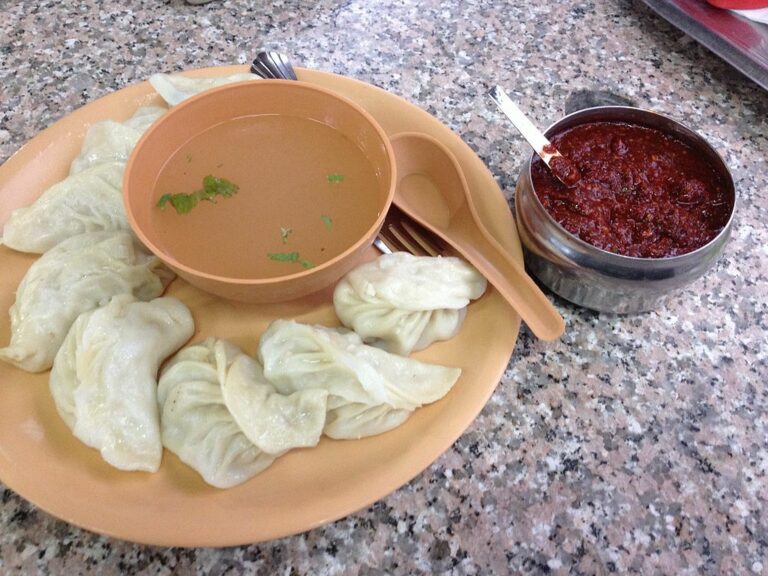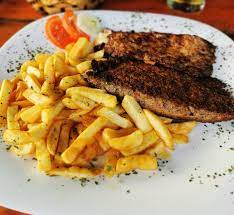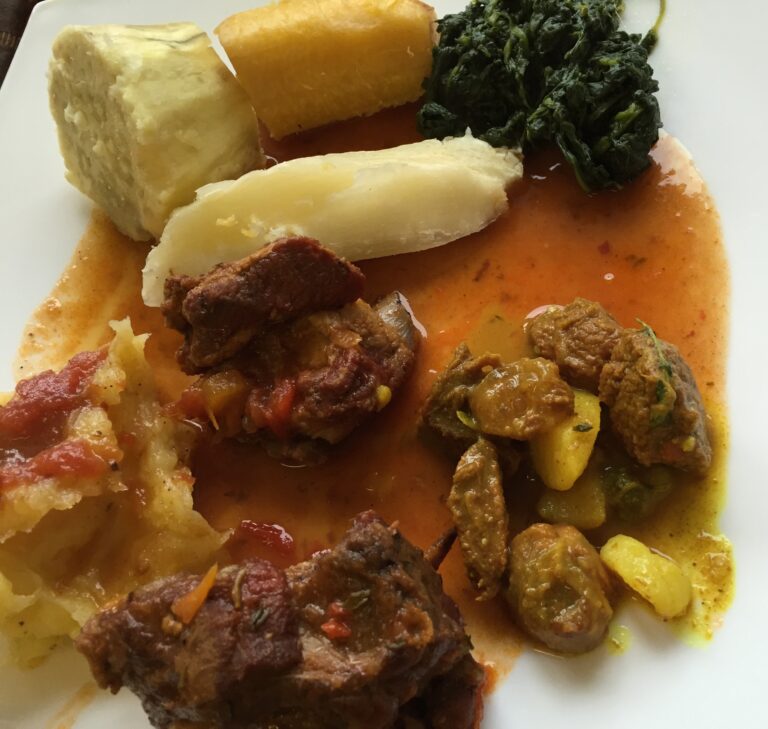Introduction: Bhutanese Cuisine Overview
Bhutan, a small landlocked country nestled in the Himalayas, may be known for its stunning landscapes and Gross National Happiness index, but its cuisine also has a unique identity. Bhutanese cuisine is heavily influenced by its geography, climate, and Buddhist culture. The cuisine is characterized by its spicy and pungent flavors, generous use of chilies, cheese, and herbs, and a reliance on locally-sourced ingredients.
The Role of Soups in Bhutanese Cuisine
Soups play an important role in Bhutanese cuisine as they are considered a comforting and nourishing meal, especially during the cold winter months. Soups are also served as a first course or appetizer, and they often feature a mix of ingredients that reflect the country’s diverse flora and fauna. Bhutanese soups are typically hearty and filling, and they are often served with rice or noodles.
Traditional Ingredients in Bhutanese Soups
Bhutanese soups are made with a combination of traditional ingredients that are unique to the region. These include yak meat, pork, chicken, beef, and fish, along with local vegetables like radish, pumpkin, spinach, and turnip. Bhutanese soups are also characterized by their use of spices and herbs such as cumin, coriander, ginger, garlic, and Sichuan pepper.
Ema Datshi Soup: A Spicy Bhutanese Classic
Ema Datshi, Bhutan’s national dish, is a spicy and cheesy stew made with chilies and yak cheese. Ema Datshi soup is a variation of this dish, where the cheese is melted in a broth or stock to make a creamy and flavorful soup. The dish is typically served with rice or noodles and can be adjusted to suit individual spice preferences.
Phaksha Paa Soup: A Hearty Pork Stew
Phaksha Paa is a popular Bhutanese pork stew that is often served as a soup. The dish is made with pork belly, radish, and chilies, along with a mix of spices and herbs. Phaksha Paa soup is a hearty and filling meal that is perfect for cold winter nights.
Thukpa: The Bhutanese Noodle Soup
Thukpa is a noodle soup that is popular in many Asian countries, including Bhutan. The Bhutanese version is typically made with noodles, meat, and vegetables, along with a mix of spices and herbs. Thukpa is a comforting and nourishing meal that is often served as a main course.
Suja: A Sweet and Savory Butter Tea Soup
Suja, also known as butter tea, is a traditional Bhutanese beverage that is made with tea leaves, yak butter, and salt. Suja soup is a variation of this drink, where the tea and butter are heated with flour or cornmeal to make a thick and creamy soup. Suja soup is a sweet and savory dish that is often served as a snack or dessert.
Conclusion: Bhutanese Soups in Contemporary Cuisine
Bhutanese cuisine is gaining popularity worldwide, and many chefs are experimenting with traditional Bhutanese ingredients and recipes to create new and exciting dishes. Bhutanese soups, in particular, are a versatile and flavorful addition to any menu. Whether it is the spicy Ema Datshi soup or the comforting Thukpa, Bhutanese soups are sure to tantalize taste buds and warm hearts.










